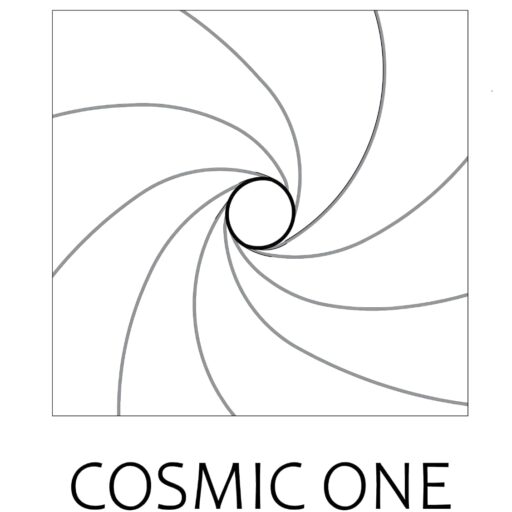- f = Force, newtons
- good = Velocity, m/s dos
- m = Mass, kilograms
Generally speaking, if there is one size identity inside the a formula (always Earth’s size), the effect possess tools regarding velocity (by equivalence principle – which includes the result you to more public fall in one rate inside a gravitational profession).
I understand your own webpage due to the fact I have a few questions. In your page you have an association what exactly is detailing the big Grams. But Really don’t recognize how from the formula F1=F2=G((m1xm2)/r2) F1=F2 to your discussing text “the attractive force (F) anywhere between two-bodies is actually proportional with the product of their public (m1 and m2)”. If the m1 try environment and you can m2 is the moon, up coming one another need the same force? Are unable to accept that, but may getting I am combination up the big G that have grams. I’m able to discover G((m1xm2)/r2), but I believe that it’ll be varied getting F1 and you will F2. I’m not sure basically typed the newest picture right inside way. Understand that push and acceleration are very different one thing. Brand new elastic band is trying to get the fresh new Mack vehicle and the fresh new ping-pong basketball including a power of a single Newton.
How would you to be possible? The new ping-pong golf ball knowledge the new push in the a unique advice, however it is a comparable level of push.
We can compute force F, for masses M1 and M2, a separation between them of r, and gravitational force G:
This new force F in the above equation is the same to have each other masses, it doesn’t matter what various other he’s. The masses event the latest force from inside the an opposing guidelines, nevertheless amount of push is similar.
However, – important – the fresh velocity experienced by the ping-pong golf ball (in case it is permitted to circulate) is much higher than the latest speed experienced by Mack truck. Simply because velocity utilizes mass:
This means that, for a given force, a more massive object M1 experiences less acceleration than a less massive object M2. For a given force, the acceleration an object experiences is inversely proportional to its mass.
Here’s a thought experiment: imagine a ten-kilogram object M1 and a one-kilogram object M2, sitting on perfectly smooth ice, connected by a rubber band. The rubber band is exerting a force of one Newton. If the masses are released from constraint, the less massive object M2 will move toward the more massive object M1 at ten times the rate of its partner.
To provide an easy example, suppose that a Mack truck and a beneficial ping-pong basketball are connected of the an elastic band
Imagine further that you anchor mass M1 at position A on the smooth ice, and anchor M2 at position B. You are required in advance to draw a line on the ice where they will meet when they are released. Don’t read ahead – think about it.
The line should be drawn at one-tenth the distance between M1 and M2, nearest to M1 (the more massive object). When the masses are released, and assuming a lot of things that aren’t usually true in a real experiment, like no friction and an ideal rubber band, the two masses will collide at a  location at 1/10 the original distance, but nearest to mass M1.
location at 1/10 the original distance, but nearest to mass M1.
Now try to identify the way the force using one end regarding the rubber band varies than the push on the other side stop
From the real life, among worlds as opposed to people on a flaccid layer out-of freeze, one or two orbiting globes, regardless of the relative masses, are usually orbiting to a place discussed of the difference between the masses. For example, when your solar system comprised just of your own sunshine and Jupiter, the center of their rotation would not be the midst of the sun’s rays as well as aren’t believe, however, an area close to the sun’s facial skin, an area defined by difference in their masses.

Recent Comments